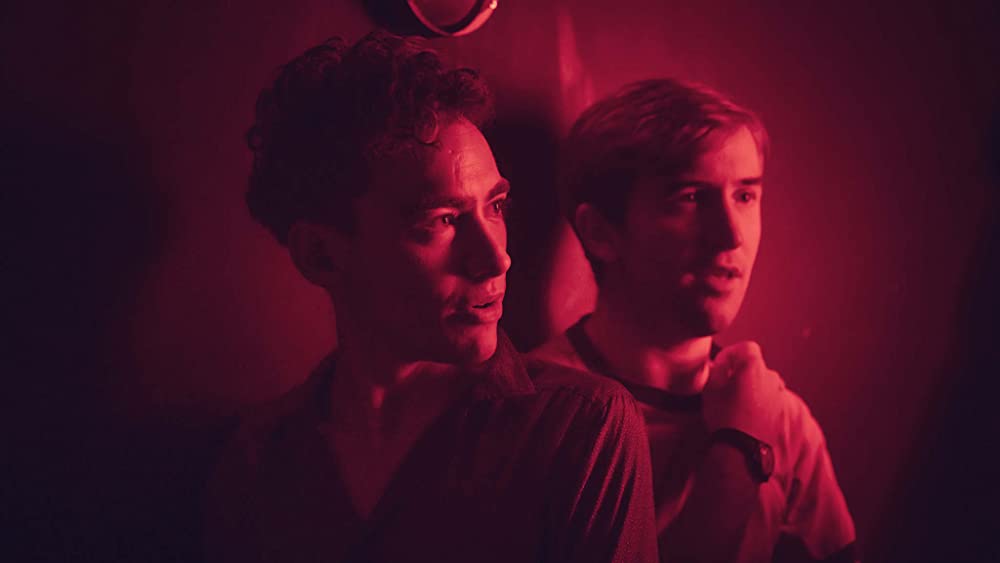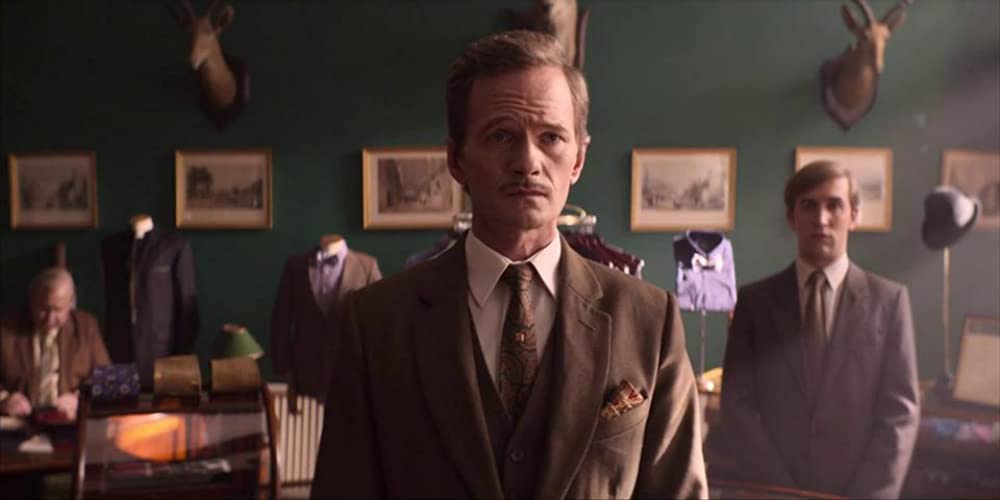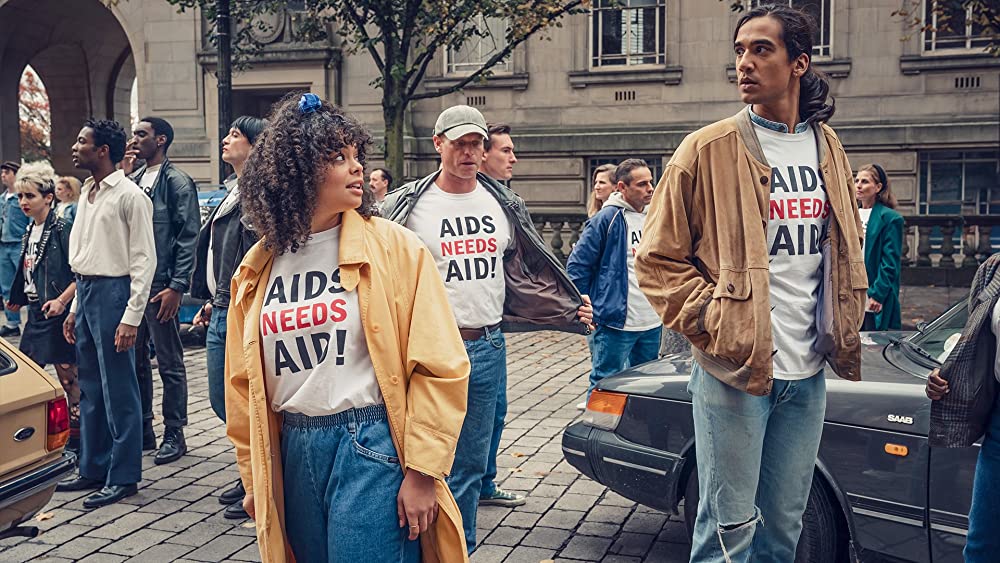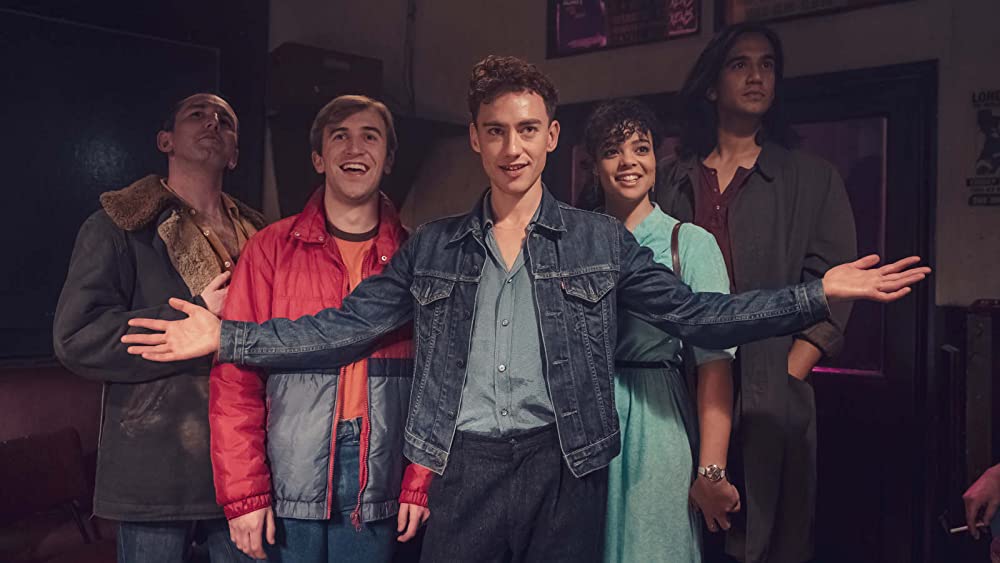By Ben Carpenter, Second Year, Film & Television
Following the story of a group of young LGBTQ+ people In London through the 1980s and 90s and the AIDs crisis that consumed their community, it may be easy to assume that Russel T. Davies’ It’s a Sin (2021-) falls into the standard ‘AIDs Drama’ category.
However, to categorise it as such would diminish its power. In actuality, It’s a Sin is a heartbreaking, painfully realistic love letter to a lost generation – and the near perfect representation of a decade that many members of the LGBTQ+ community have been longing to see in mainstream entertainment.
Beginning in 1981, the series presents Ritchie (Olly Alexander) trading in his suffocatingly traditional life on The Isle of Wight to move to London where he soon meets aspiring actress Jill (Lydia West) and her group of friends. Despite the earlier episodes presenting a lighter tone, within the very first episode it is clear that Davies has absolutely no intention of glossing over the harsh realities of gay life in 1980s Britain.

The deftest display of this clarity is shown in a brief appearance by Neil Patrick Harris playing Henry, a tailor who works with Ritchie’s friend Colin (Callum Scott Howells) and subsequently gives Colin his first introduction into gay life. It’s not long before Davies strikes gold by tapping into the isolation many gay men felt, and continue to feel today, in regard to their identity with Henry stating “I’ve moved on” when asked about his family’s thoughts on his lifestyle, swiftly changing the direction of the clearly painful conversation. This isolation is truly represented in Henry’s fate, as he becomes the first character to succumb to the virus, locked away alone in a hospital room, like thousands of others were in the early days of the epidemic.
As the series progresses, Davies truly begins to tap into the often-forgotten details of an epidemic largely ignored by the public until it reached boiling point. From Jill’s paranoia of even being in the same room as a friend suffering from AIDs to Ritchie insisting it was created in a lab by the drug companies to profit off them, the show manages to shun the dangers of historical hindsight that so many period dramas inadvertently embrace. Instead, it succeeds in presenting an honest, accurate and detailed portrayal of a virus that was just as misunderstood as it was lethal.

It is in the last few episodes that It’s a Sin makes the transition from great to outstanding, managing so effectively to balance both love and pain in a growingly bleak reality.
Whilst of course I aim to avoid spoilers, it should be no surprise to the reader that a drama with AIDs as a focal point set in the 80s and 90s can only end in so many ways, and the show handles it’s ending with such sensitivity and realism that it can be hard to watch at times. But believe me when I say it is truly worth it.
In one of the final scenes of the series we see Ritchie speak of other members of the gay community and his life on the whole, stating “They were all great. That’s what people will forget. That it was so much fun”.

Through my tears I realised It’s a Sin embodies the life and love of a lost generation. And to put it simply – we can’t forget them.
To learn more about HIV/AIDs as well as make a donation to help end new transmissions of the virus please visit this website.
Featured: IMDb, All 4
Have you been watching It's a Sin? What do you think?








